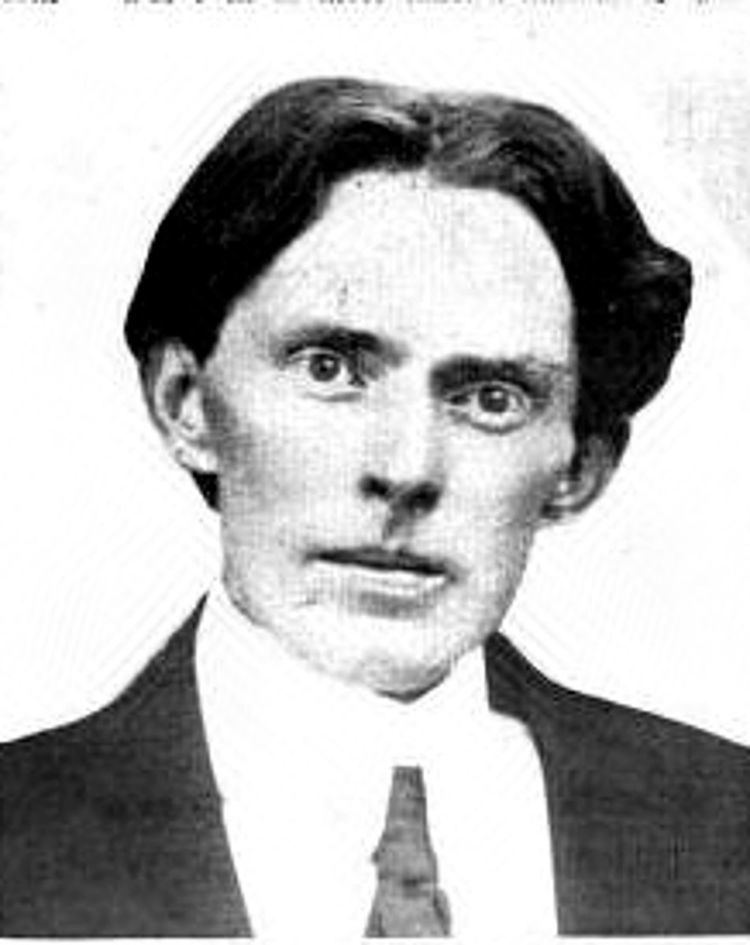Hospital type Specialist Website www.craighospital.org Number of beds 93 | Emergency department N/A Phone +1 303-789-8000 Founder Frank Craig | |
 | ||
Care system Free-Standing Not-For-Profit Address 3425 S Clarkson St, Englewood, CO 80113, USA CEO Michael Fordyce (Oct 2008–) Awards Telly Award for Internet/Online Programs, Segments, or Promotional Pieces Online Video - Use of Music Similar Porter Adventist Hospital, Littleton Adventist Hospital, St Anthony Hospital, Saint Joseph Hospital, Exempla Lutheran Medical Profiles | ||
The beginning of a journey craig hospital
Craig Hospital is a Rehabilitation Hospital in Englewood, Colorado specializing in Spinal cord injury (SCI) and Traumatic Brain Injury (TBI). Craig is a 93-bed, private, not-for-profit, free-standing long-term acute care and rehabilitation hospital that provides a comprehensive system of inpatient and outpatient medical care, rehabilitation, neurosurgical rehabilitative care, and long-term follow-up services. Half of Craig’s patients come from outside of Colorado each year, and in the past four years Craig has treated patients from all 50 states and several foreign countries. At any given time, the staff at Craig treats approximately 55 inpatients with spinal cord injuries, 30 with traumatic brain injuries, and 50-60 outpatients. Craig provides housing for out-of-state families and outpatients, including the first 30 days free for families of new inpatients.
Contents
- The beginning of a journey craig hospital
- Craig hospital quinten quitmeyer
- History
- Research
- Campus Revitalization and Expansion Project
- Notable patients
- References
Craig Hospital is designated by the National Institute on Disability Rehabilitation and Research (NIDRR) as a Model System Center for both spinal cord injury and traumatic brain injury. Craig is also the NIDRR National Statistical TBI database for the other 15 Model System Centers in the U.S.
Craig hospital quinten quitmeyer
History
In 1907, Frank Craig started the Tent Colony of Brotherly Love in Lakewood, Colorado to treat indigent men with tuberculosis. Craig himself died from tuberculosis in 1914 and the tent colony was renamed Craig Colony in his memory in 1919.
As the demand for tuberculosis treatment waned in the United States, Craig Colony began focusing on the diagnoses and treatment of multiple sclerosis, polio, muscular dystrophy, and spinal cord injury (SCI). The facility is renamed Craig Rehabilitation Center in 1958, followed by another renaming to Craig Rehabilitation Hospital in 1966 and a move to Englewood, Colorado in 1970 where an 80-bed rehabilitation hospital was built adjacent to the Swedish Medical Center to share ancillary services.
The 1970s brought a change to the facility's current name, Craig Hospital, in 1975 and the establishment of a separate Traumatic Brain Injury team. Research and building construction were seen throughout the next two decades, including an increase of beds from 80 to 93.
Research
The Craig Hospital Research Department currently has a staff of 23 with an annual budget of $4 million in federal, state, foundation, and industry-sponsored grants devoted to conducting a wide variety of applied spinal cord injury (SCI) and traumatic brain injury (TBI) rehabilitation research. In addition, funds raised from the annual PUSH Dinner support more basic research.
The Research Department was established in 1974 when Craig Hospital was first awarded a Spinal Cord Injury Model System grant from the US Department of Education, National Institute on Disability and Rehabilitation Research (NIDRR). In 1998, Craig’s brain injury program received a similar designation when it was first named a TBI Model System. Each Model System project consists of a three-pronged research effort: contributing to a national longitudinal database, conducting local research projects that are of interest and importance to Craig, and collaborating with other Model Systems in research of common interest.
In 2006, Craig was named the TBI Model Systems National Data and Statistical Center, managing the TBI National Database and coordinating research among all TBI Model Systems.
Craig currently receives research funding not only from NIDRR, but also from the Centers for Disease Control and Prevention (CDC), the Colorado TBI Trust Fund, the Congressionally Directed Medical Research Program (CDMRP) which is part of the Department of Defense, other researchers via subcontracts, and pharmaceutical and medical equipment companies. As research has become more important to the mission and reputation of Craig, the Research Department has increased collaboration with other institutions by leading and participating in multi-center research and becoming a national research coordinating center.
Campus Revitalization and Expansion Project
On May 23, 2013, Craig Hospital broke ground on a four-year, $90 million expansion and renovation project that will supposedly "redefine the inpatient and outpatient experience".
The project will add approximately 85,000 square feet of new space, renovate approximately 135,000 square feet of existing space, and complete an enclosed and safer campus with a cul-de-sac main entrance and accessible front garden area.
The hospital is funding $40 million of the project through cash reserves and the sale of bonds and the Craig Hospital Foundation is raising $50 million through its “Redefining Return On Investment (ROI)” capital campaign.
